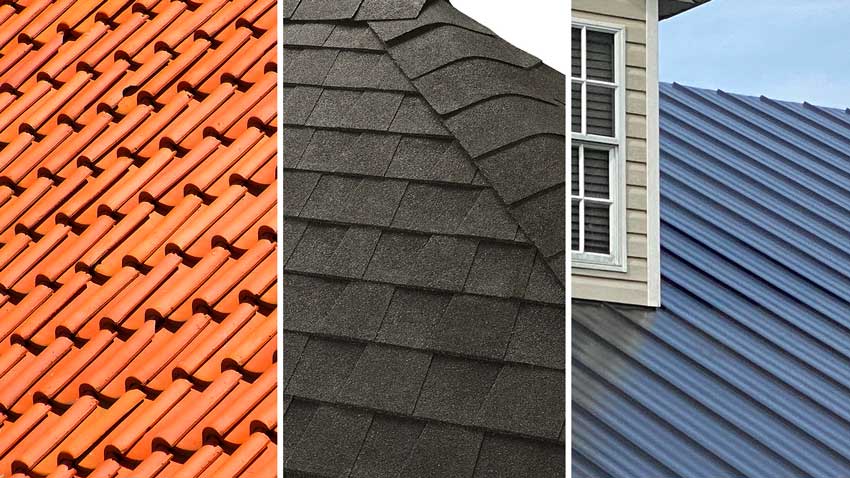Deciding on a roofing material can be tough. Should I choose a metal, shingle, or tile roof? is a question we hear quite often. In comparing tile vs metal vs shingle roofs, each has its place. Aside from the obvious issues of deciding on the color, the vast variety of building materials sometimes makes picking the right solution difficult. We compared tile, metal, and asphalt shingle roofs to see which make more sense and provide more value to consumers.
Lots of Roof Options for Consumers
Nearly everyone is familiar with composite shingles. However, more and more homeowners are turning to metal (galvalume steel) roofs and tile to top off their structural design. In the tile vs metal vs shingle equation, you have many choices when deciding on a roofing material. To help you decide which material is right for you, we decided to put together a brief overview of the most common choices available to consumers. We’ll outline some of the pros and cons of each.
Installing a new roof is no small task or expenditure. Material prices have only ever gone up—particularly over the past decade. Depending on how long you plan to stay in the home, a higher up-front cost may actually result in long-term savings.
Asphalt Shingle Roofs
The composite shingle is the most common residential roofing material used in the United States. There are good reasons for that. Shingles are fairly fire-resistant, inexpensive to purchase and install, and come in a variety of designs and colors. When we look at metal vs shingle roofs compared, asphalt clearly costs less.
Composite shingles are most commonly referred to in terms of being either “3-tab” or “architectural”. 3-tab shingles are your most basic variety and typically carry a 20-25 year warranty. They are actually more difficult to install than architectural shingles because they need to adhere to a strict pattern in order to look correct on the roof. We have seen many 3-tab shingle roofs that “drift” one way or the other. You can typically spot the amateur or DIY jobs quickly!
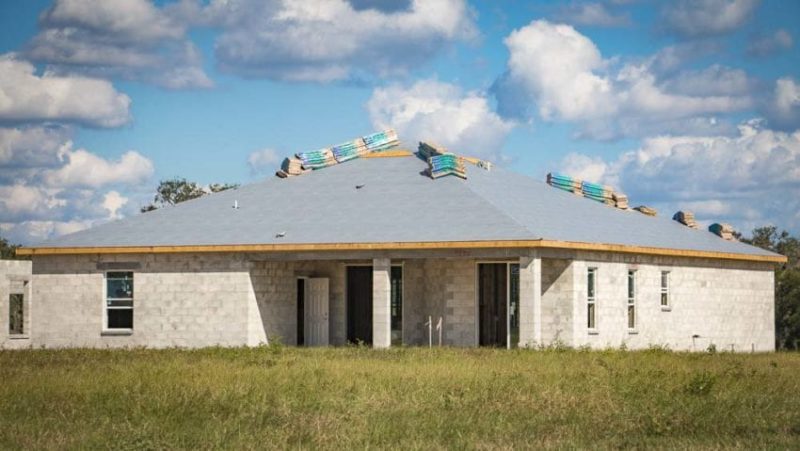
Architectural shingles are much more flexible to install. They provide an almost random pattern which gives the roof additional depth. These shingles are also thicker. They provide a larger surface that has a higher wind tolerance than the 3-tab shingles. Architectural shingles also come with a longer warranty. You typically see warranties 30 years or more. They cost anywhere from 25% to 100% more than their 3-tab counterparts. Some architectural shingles come with a limited lifetime warranty and some deliver an incredibly high-end look that resembles cedar shake roofs.
Asphalt Shingle Pros
- Least expensive roof (short-term) to install
- Potentially requires less labor to install
- Larger pool of installers
Asphalt Shingle Cons
- Often last 15-20 years max (regardless of warranty)
- Extremely energy inefficient
- Generate lots of heat
- Typically not recycled
Metal Roofing (Galvalume, Galvanized Steel, Aluminum, etc)
Galvanized steel or galvalume metal roofing used to simply mean a standing seam or exposed fastener design. They can take the place of shingles or other roofing materials in modern homes or commercial buildings. Now, however, a metal roof can be aluminum, steel, or copper. They can even look like shingles—the designs are nearly endless.
You can use galvanized steel, aluminum, or copper for most metal roofing applications. There are pros and cons to each. For galvanized steel, a durable finish (typically zinc-based with a finish sealer coat) is applied by the manufacturer to protect it from corroding.
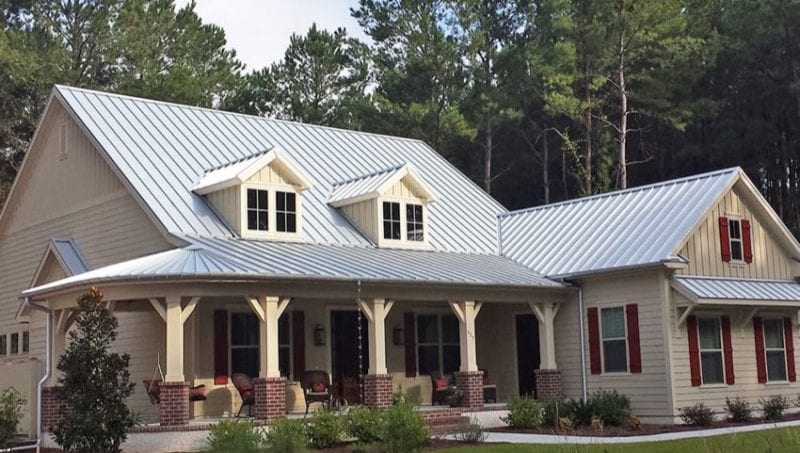
This type of metal roof is typically used for commercial buildings. It has since infiltrated the home market as a 50-year durable roofing material. It can also be coated with acrylic to provide nearly any color. In general terms, galvanized steel comes in at the lowest cost. Galvalume and aluminum costs a bit more. Copper and more exotic metals fall into the realm of premium roofing materials. Expect this rule of thumb to break down when you factor in metal products which mimic shake or slate roofs.
Using Galvalume as a Roofing Material
Galvalume® and standard galvanized metal roofs both involve a coating applied to a steel core. Bethlehem Steel, where my father worked for 27 years, first introduced the Galvalume coating to the construction industry in the early 1970s. Galvalume combines steel, aluminum, and zinc. Basically, a carbon steel base sheet is continuously hot-dipped with aluminum and zinc alloys until it reaches a coating consisting of 55% aluminum, 43.4% zinc, and 1.6% silicone. It’s become one of the most popular materials used in roofing.
How Metal Roofing Materials Differ
Steel, including Galvalume, is the heaviest product of the bunch, followed by copper. Aluminum weighs significantly less, and several aluminum roof profiles offer foam backing to deliver extra support where needed. While manufacturers successfully implement metallic coatings, finishes, and aggregates to protect steel roofing materials from moisture, aluminum and copper simply do not rust, even over a long period of time. That’s not to say that they don’t turn color or form colored skins on exposed areas, but they will not develop structural damage as a result of corrosion.
Because of this, most builders use aluminum for any coastal environment due to its corrosion resistance.
One of the downsides to metal roofing vs asphalt shingle roofing is the initial cost. Between materials and installation, you pay more for metal roofs than you would for installing premium asphalt shingles.
Aluminum and copper roofs, which are much softer than steel, are also subject to denting in hail storms. Metal roofs may also be difficult to walk on depending upon how it was installed.
Standing Seam vs Exposed Fasteners
If you decide to go with a metal roof, the next choice presented is likely standing seam vs exposed fastener. Standing seam roofs typically cost 15-20% more than exposed fasteners due to a slightly more complicated installation process. The advantage, however, is that you don’t have to worry about the fasteners or washers allowing water intrusion over time.
Several metal roofing pros have told us that you can expect to have to perform maintenance on the exposed fasteners after about 10-12 years. On occasion, you may need to completely replace all of the fasteners. This particularly occurs in the South, but may also be the same up north due to colder extremes.
Metal Roof Pros
- Typically last 50 years or more if properly installed and maintained
- Galvalume resists corrosion
- Aluminum suitable for coastal environments
- Copper provides an incredibly distinctive look
- Can buy metal roofs that look like shakes or shingles
- Economical over the long-term
- More energy efficient (greater UV reflectivity)
Metal Roof Cons
- More expensive up-front costs for both material and installation
- Requires more specialized installation (less DIY-friendly)
- Can show “oil-canning” due to inherent characteristics or poor handling
Tile Roofs
Sometimes you don’t even need to compare tile vs metal vs shingle. Your community might decide for you. Tile roofing is typically made of clay tile. It is also possible to replicate this look with products manufactured from concrete, metal, and synthetic materials. The advantages of clay tile are numerous. For one, they look gorgeous and last nearly forever when properly installed. Tile is non-combustible, rot-proof, and can come in a variety of shapes and sizes.
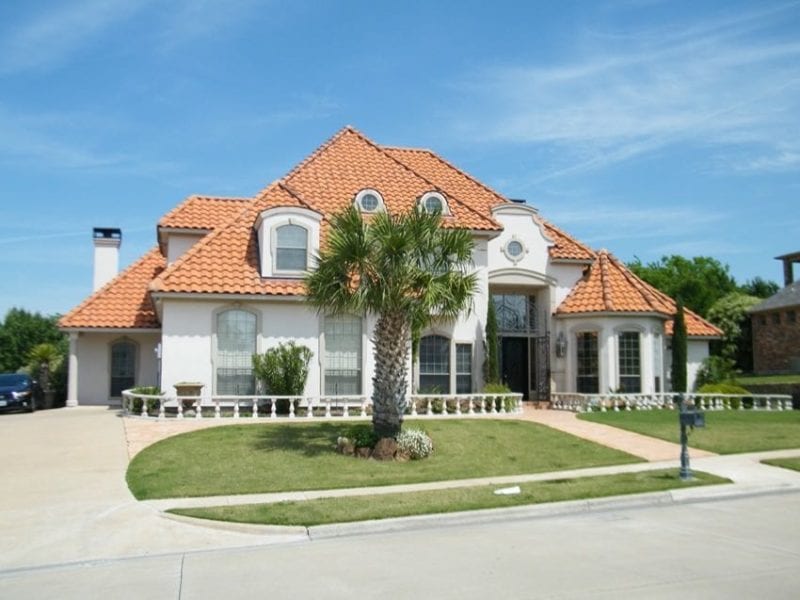
One of the best advantages of tile vs shingle roofs is that it can be repaired one tile at a time if needed, though matching the exact color can be tough for homeowners. Tile is impervious to sea salt and should have little to no maintenance requirements under normal usage (now if you’re going to attach it to the bottom of, say, a space shuttle you may have some issues).
Clay tiles are generally more expansive than concrete knockoff tiles, but they typically offer more durability and better color retention over the long-haul. As a material, clay is not subject to discoloration from weathering while concrete is subject to fading over time. Clay has been around a long, long time and is built to last… just ask any archeologist.
Concrete Tile Roofs
Concrete, on the other hand, is a very durable product, but arguably not quite as long-lasting as clay tile. Estimates for concrete tiles would range from 30 to 50 years while clay is theoretically good for over a hundred years. If you’re like me, you’re thinking that this last bit doesn’t really matter all that much unless scientists figure out a way to make us live long enough to appreciate 100+ years of resiliency.
The last product to include under this category would be products that take pressure-formed aluminum-zinc alloy coated steel and cover it with an acrylic bonded stone chip finish. The stone coating resists fading and UV penetration and the result is a simulated tile product that is lightweight and durable (more impact-resistant than concrete or tile—you can walk on it).
Tile Roof Pros
- High wind resistance
- Excellent UV resistance
- Long lasting—as much as 50 years or more
- Environmentally-friendly (clay)
Tile Roof Cons
- Extremely heavy (requires additional roof support)
- Expensive material and labor
- Difficult to install (not at all DIY-friendly)
- Brittle
- Susceptible to algae growth
Answering the Tile vs Metal vs Shingle Roofs Compared Question
When we compared metal vs shingle roofs we ran into difficulty, simply because they differ so greatly. While cost is certainly a differentiating factor, we find that there are custom products in each category that ensure you can almost always find a custom product or manufacturer whose pricing bucks the general trends. In this way, there are shingle products that cost more than some metal products and metal products that cost more than tile products, and so on.
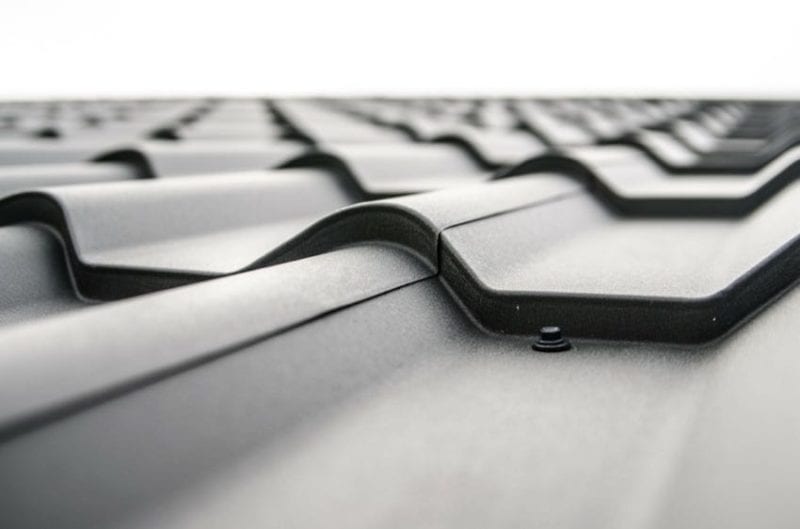
For the most part, however, shingle roofs present the most immediately economical roofing solution. Over the long term, however, tile and metal roofing solutions start to look very good. If you can stand the higher up-front costs, metal and tile roofs last considerably longer. This matters if you want to hold onto your house for many decades and don’t want to go through the process of re-roofing, on average, every 15-20 years.
Wrapping Up the Tile vs Metal vs Shingle Debate
There are certainly other roofing materials, including stone, slate, and various types of wood, but covering them all would turn this helpful article into an encyclopedia of info. We’d rather just touch upon the more helpful aspects of the three most common roofing materials. Check your local building codes and choose your roofing material wisely. If you plan to stay in your home a long time, then the roof is certainly not a place you want to skimp. Roofing a house is something you as a homeowner will prefer to do once. If all goes well, hopefully, the job will outlast your time in the home.

